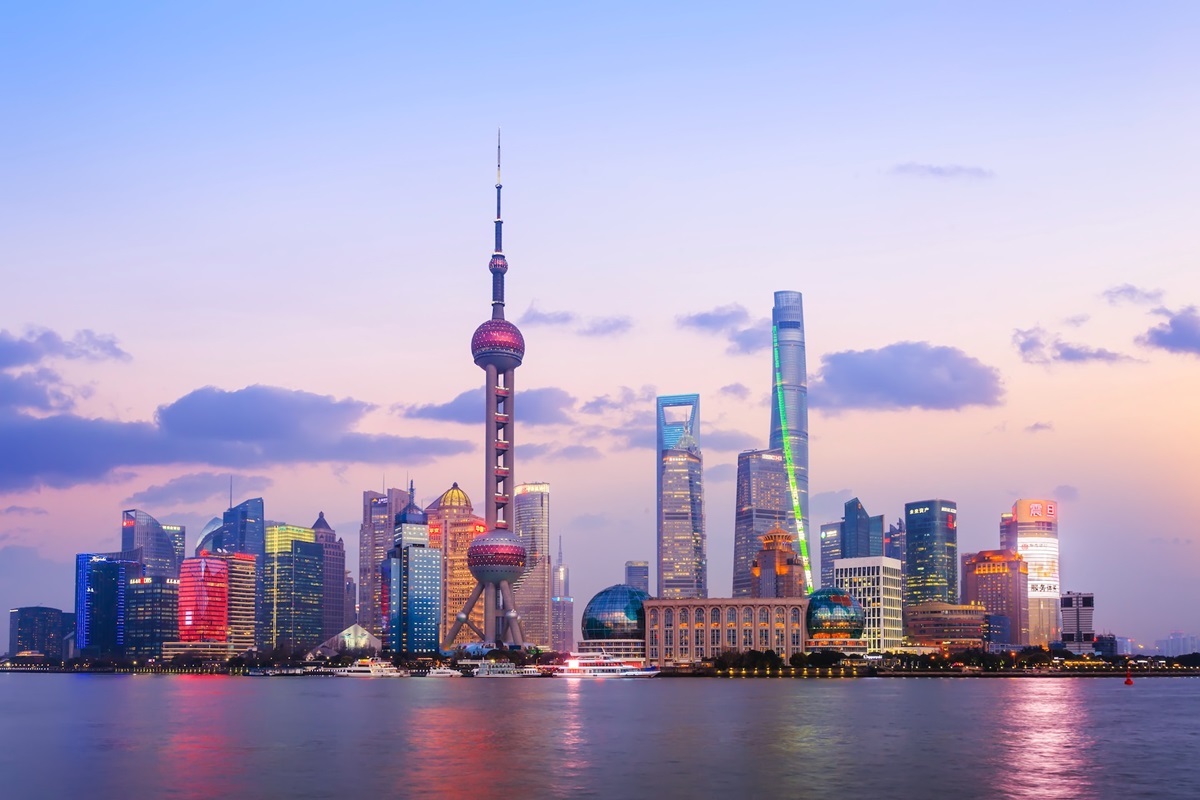Pan Gongsheng, governor of the People’s Bank of China, said that at present, high-quality and sustainable growth is the most important for this country in terms of priorities related to the economic system.

On Tuesday, November 28, at a conference in Hong Kong, Mr. Gongsheng, speaking to a group of international bankers, noted that the world’s second-largest economy is undergoing a period of serious transformations and is striving to find new drivers of development. He also talked about the transition period of the Chinese economic model.
Pan Gongsheng said that the country is currently moving away from its traditional growth drivers, including the manufacturing sector and the real estate sphere. According to him, China is moving to a new economic model based on consumption and services.
Separately, Mr. Gongsheng noted that this year the country will achieve its economic growth target of 5%. He expressed confidence that the Chinese economic system will remain stable in the future. In his opinion, next year and hereinafter, the country will enjoy healthy growth characterized by a high level of stability.
Currently, China is struggling with a recession in the sphere of real estate. In this sector of the country’s economy, the negative situation is protracted. The current year has started positively for China in terms of economic indicators. This dynamic was due to the rise after a period of severe restrictions in the country related to the coronavirus pandemic. But the positive effect of recovery after total quarantine has critically weakened already in the second quarter of this year. From April to June, China’s GDP grew by 6.3% year-on-year. This result was worse than the initial expectations.
In the third quarter of 2023, China recorded an improvement in the dynamic of economic growth. In this case, the reality turned out to be better than market expectations. From July to September, the Chinese economy showed growth of 4.9% year-on-year. Pan Gongsheng said that in October, the country recorded a significant improvement in the dynamic of consumption and industrial production.
At the same time, the sphere of real estate in China continues to remain in the zone of influence of such negative factors as a decrease in the cost of housing and a weakening in the pace of sales. For about 30 years, this sector has flourished. The positive state of affairs was due to such processes as rapid urbanization and population growth. In recent years, the share of sphere real estate in China’s GDP has grown to 30%. The crisis in this sector began in 2020. The negative process started against the background of the regulators’ struggle with reckless borrowing by developers. Because of these actions of the authorities, the largest Chinese construction firms, including Evergrande and Country Garden, defaulted on their debts. Due to the current situation in the sphere of real estate, the country’s shadow banking industry has faced financial consequences for $2.9 trillion.
Pan Gongsheng in Hong Kong sought to ease global investors’ concerns about slowing property values and debt risks. He stated that currently, this sphere is going through some changes that are useful for the transition to a transformed economic model. Mr. Gongsheng noted that in large cities, the level of demand for housing is still high, but in the cities of the third and fourth echelon, the situation has worsened. He also stated that the real estate market, after a rapid growth that lasted for several decades, the real estate market was in the middle of a serious transformation.
Mr. Gongsheng described the scale of the side effects of the sphere real estate crisis on China’s financial system as rather limited. He also promised to maintain an adaptive monetary policy to support the economy, noting that inflation has bottomed out and stating that consumer prices are expected to rise in the coming months.
On Monday, November 27, the People’s Bank of China joined other government departments in implementing measures to strengthen financial support for the private sector. The authorities of the country consider this decision as a measure to stimulate economic growth. China’s financial regulator on Monday also released a quarterly report on its monetary policy, which contains a promise to provide sufficient liquidity. The bank is convinced that its current strategy of activity will help maintain price stability. The financial regulator also expects that its measures will contribute to a favorable economic and financial cycle.
This year, the Chinese government has already taken several actions to stimulate economic growth. In October, the issuance of additional sovereign bonds for 1 trillion yuan ($141 billion) was approved to finance infrastructure projects. Also, Chinese regulators have introduced measures to stabilize the sphere of real estate, including lowering mortgage rates for home buyers.
As we have reported earlier, China Plans to Grow Its Computing Power.









